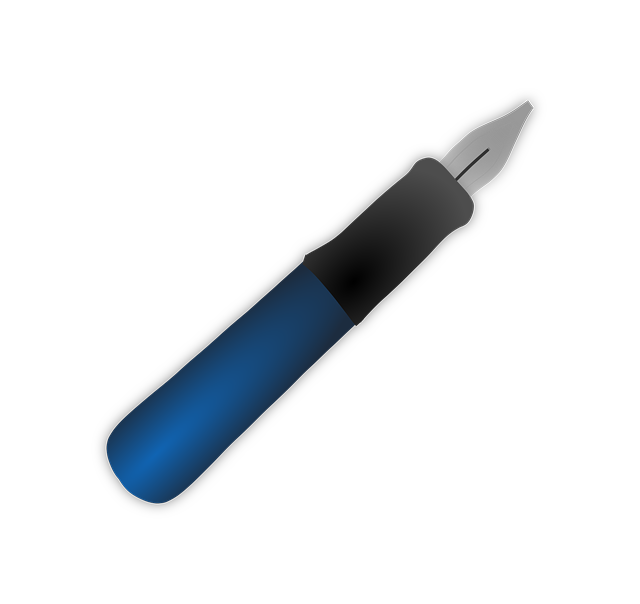Non-invasive Botox treatments have gained popularity as a way to reduce forehead lines and wrinkles, offering a natural solution compared to dermal fillers. While Botox relaxes muscles to prevent dynamic wrinkle formation, dermal fillers add volume for more immediate results. Botox is ideal for subtle enhancements, with minimal side effects like bruising, making it safer than dermal fillers' higher risk of complications. The procedure takes 2-4 days to show results and lasts 3-6 months, appealing to those wanting temporary yet effective wrinkles reduction on specific areas like the forehead. An experienced provider ensures safe and effective outcomes for suitable candidates with early to moderate frown lines and overactive muscles.
“Unwind the secrets of achieving a smooth forehead with non-invasive Botox treatments, a game-changer in the world of aesthetics. This comprehensive guide delves into the benefits of Botox over dermal fillers for wrinkles, offering a clearer understanding of its procedure and potential risks.
From unlocking smooth lines to navigating side effects and identifying ideal candidates, we explore everything you need to know about non-invasive Botox. Say goodbye to deep forehead wrinkles and embrace a youthful glow without the invasiveness.”
Understanding Non-Invasive Botox: Unlocking Smooth Forehead Lines

Non-invasive Botox treatments have gained popularity as a way to achieve a youthful appearance, specifically targeting forehead lines and wrinkles. Unlike traditional injectables like dermal fillers, Botox works by relaxing specific muscles responsible for causing dynamic wrinkle formation. This non-surgical approach offers a subtle yet effective solution for those seeking to smooth out expression lines without the invasiveness of implants.
The key advantage lies in its natural results, making it an appealing alternative to dermal fillers. Botox stimulates muscle relaxation, preventing contractions that lead to persistent wrinkles. As a result, forehead lines become less noticeable, providing a more relaxed and rejuvenated look. This method is ideal for individuals wanting subtle enhancements without the risk of over-injection or implant migration commonly associated with other procedures.
The Battle Between Botox and Dermal Fillers for Forehead Wrinkles

When it comes to addressing forehead wrinkles, there’s a long-standing debate between two popular treatments: Botox and dermal fillers. Both have their merits and are commonly sought after for cosmetic purposes. Botox, a neurotoxin that temporarily paralyzes muscles, is well-known for its ability to smooth out dynamic lines caused by facial expressions. It’s particularly effective for horizontal forehead wrinkles, often referred to as frown lines. On the other hand, dermal fillers, made from hyaluronic acid or collagen, plump and lift the skin by adding volume to targeted areas. Dermal fillers are a popular choice for vertical wrinkles that give the forehead a “furrowed” appearance.
The choice between Botox and dermal fillers often comes down to individual preferences and specific wrinkle patterns. While Botox offers a more subtle and natural-looking result, suitable for preventing dynamic wrinkles from forming, dermal fillers provide a more immediate and dramatic effect, ideal for severe static wrinkles. Understanding the differences is crucial when deciding which treatment aligns best with your desired outcome.
How Does Non-Invasive Botox Work on the Forehead?

Non-invasive Botox treatments for the forehead work by targeting specific muscle groups responsible for facial expressions, particularly those causing frown lines and wrinkles. Unlike surgical procedures or dermal fillers, Botox doesn’t involve inserting foreign substances into the skin. Instead, it uses a purified form of botulinum toxin to temporarily paralyze muscles, reducing the frequency and intensity of contractions that lead to unwanted creases.
This non-surgical approach offers several advantages over Botox vs dermal fillers. By relaxing the muscles, Botox can smooth out existing lines and prevent new ones from forming. It’s a popular choice for those seeking subtle improvements without the recovery time or potential side effects associated with more invasive procedures. The procedure is generally quick, relatively painless, and the results are visible within days to weeks, making it an attractive option for individuals looking to enhance their forehead appearance.
Benefits of Choosing Botox Over Dermal Fillers for Forehead Aesthetics

When considering non-invasive treatments for forehead aesthetics, many individuals ponder between Botox and dermal fillers. Both offer significant advantages in reducing signs of aging, but they operate differently. Botox, a neurotoxin, relaxes facial muscles to prevent contractions that cause wrinkles. This results in a smoother, more youthful appearance without adding volume. On the other hand, dermal fillers enhance forehead contours by injecting a hyaluronic acid-based substance under the skin, plumping and lifting areas that have lost volume due to aging or expression lines.
Botox offers several benefits over dermal fillers for forehead aesthetics. Firstly, its effects are more subtle, making it ideal for those who prefer minimal changes. Secondly, Botox treatments generally provide longer-lasting results, with effects lasting 3-4 months, compared to dermal fillers’ duration of 6-12 months. Additionally, since Botox is injected into specific muscles, it offers targeted correction without affecting the overall skin texture or causing the bloating or unnatural look that can sometimes result from filler usage.
Potential Side Effects and Risks: A Comprehensive Look

While non-invasive botox treatments for the forehead are generally safe and effective, as with any cosmetic procedure, there are potential side effects and risks to be aware of before proceeding. Unlike dermal fillers, which can cause issues like lumpiness or an uneven surface, botox primarily results in temporary muscle relaxation, reducing dynamic lines on the forehead. However, common side effects include bruising, swelling, headaches, and occasional drooping of the eyebrows—a reversible effect if treated promptly.
When comparing botox to dermal fillers, it’s crucial to understand their distinct mechanisms and outcomes. Dermal fillers plump up and lift the skin, offering more permanent results but with a higher risk of complications like infection or over-filling. Botox, on the other hand, relaxes muscles, providing subtler enhancements that last 3-6 months—ideal for those seeking subtle improvements and temporary relief from dynamic lines. Properly administered by a qualified professional, botox minimizes these risks, ensuring patients receive safe, effective treatments.
The Procedure: What to Expect During and After Non-Invasive Botox Treatment

The procedure for non-invasive Botox treatment is relatively simple and quick, making it a preferred option over surgical procedures. During the treatment, a small amount of Botox is injected into specific muscles in the forehead area using fine needles. This process targets the underlying causes of facial wrinkles, particularly those caused by repeated muscle contractions. The key difference between Botox and dermal fillers lies in their mechanisms: Botox prevents muscle activity, thereby smoothing out wrinkles, while dermal fillers add volume and enhance facial contours by filling in depressed areas.
After the treatment, most individuals experience minimal discomfort or redness, which typically subsides within a few hours. You may notice some temporary softness or flatterness of the treated area as the Botox takes effect, usually within 2-4 days. As with any cosmetic procedure, it’s essential to choose an experienced provider for optimal results and minimal risks.
Who is a Candidate for Non-Invasive Botox on the Forehead?

The ideal candidate for non-invasive Botox treatment on the forehead is someone who exhibits signs of early to moderate frown lines or a forelock (the vertical line between the eyebrows). This procedure is less suitable for severe frown lines, as Botox works best when the muscles are overactive but still have room to relax. It’s important to note that Botox vs dermal fillers, Botox offers a more targeted approach, temporarily relaxing specific muscle groups responsible for wrinkles, making it a popular choice for fine lines and specific areas like the forehead.
Candidates should also be in good overall health, non-smokers, and realistic about their expectations. While non-invasive Botox can significantly reduce the appearance of frown lines, it’s not a permanent solution, typically lasting 3-6 months, which is a factor to consider when deciding on treatment.
